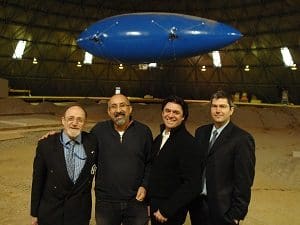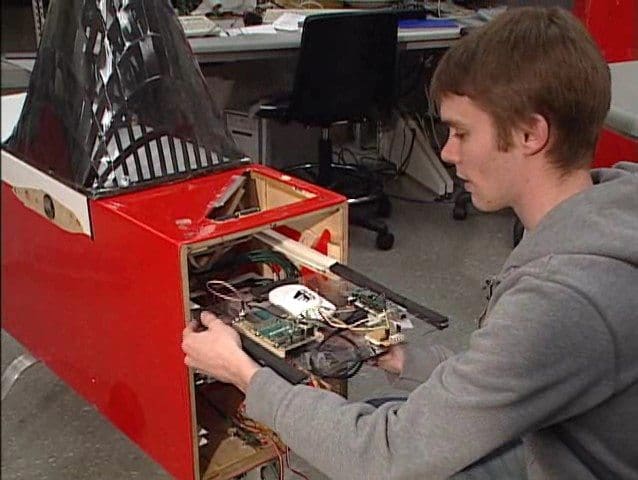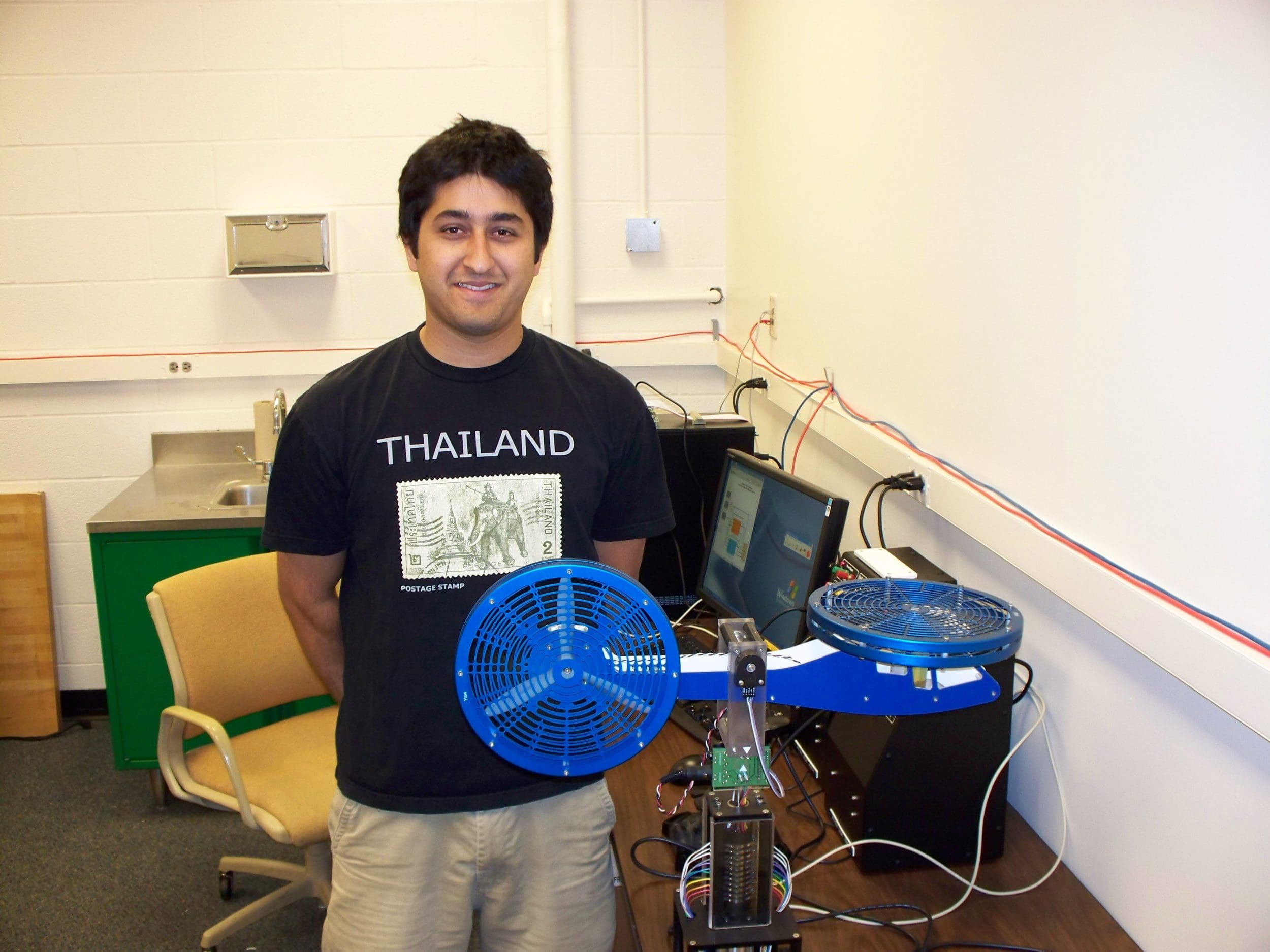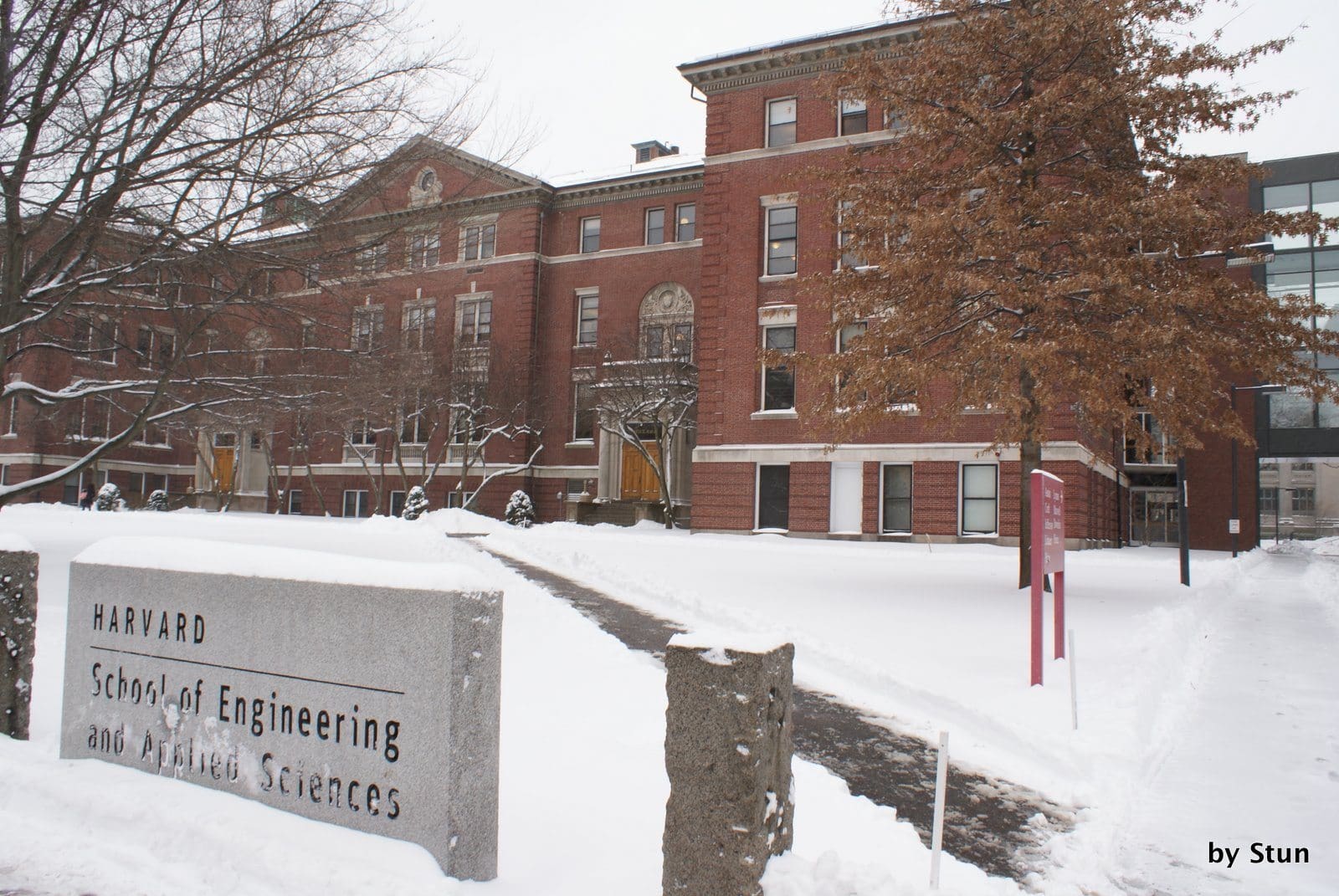
Unmanned aerial vehicle (UAV) technology is a hotbed of global research and development. UAV technological advancements are highly valued for a wide range of potential uses, including civil, environmental and military applications. Military and domestic security issues are driving much of the current desire to enhance and improve UAV technology. The market for UAV reconnaissance systems, for instance, is expected to be worth more than $13Bn by 2014.
Currently, there is a great deal of interest in developing UAV simulators and models that can enhance platform technologies, such as flight control, and be used in a cooperative setting to enable fleets of unmanned vehicles to communicate.
Defence Research and Development Canada (DRDC), an agency within the Department of National Defence, is undertaking UAV research for a variety of potential military applications. DRDC required the research tools and test bed on which to test its own algorithms and further its UAV research.
Challenge
Changing controls in flight
According to Defence Scientist Camille-Alain Rabbath, PhD, DRDC’s ultimate aim was to find ways to redeploy UAVS in flight or in a fault situation. With military studies around the world showing flight control to be the cause of UAV system failure 20-30% of the time, Quanser’s mission was to develop an advanced flight control system to defy these odds.
If a UAV is damaged or needs to be redeployed, a new set of instructions is required on how to recover, change direction or fly to a new destination. In order for this to take place, a new controller must be downloaded during flight with no stutters or missteps.
The Quanser team was tasked with developing software to change controls in flight, a situation fraught with instability, failure, and crashes that can be both unsafe and extremely costly. Quanser’s challenge was to design a system architecture that would allow for vehicle controllers to be smoothly uploaded, exchanged and executed in one-time step, without adversely affecting system performance.
Solution
Hardware and software tools advance UAV technology
Quanser’s answer was to develop a synchronous suite of hardware and software products that provided an evolutionary step in UAV platform technology. This came in the form of Quanser’s reconfigurable and collaborative technology that allows UAV missions to redeploy during flight quickly, reliably and safely.
For this project, Quanser specifically focused upon fault tolerance and recovery in designing the software that would allow two controllers to switch over seamlessly. In addition, Quanser developed a safe and reliable research test bed on which to model the scenario – an almost-lighter-than-air vehicle (ALTAV) with significant benefits over traditional UAVS. The project was therefore multi-faceted, with Quanser not only providing the software tools for DRDC to advance its research, but also developing the hardware with which to tests a multitude of scenarios, feats that were successfully integrated in early 2007.
With its multi-faceted team of control experts and real time control software, Quanser was able to take this complex UAV challenge to its ultimate solution within a compressed timeframe of only 12 months. Quanser’s turn-key solution included software, prototype and hardware development as well as simulation and integration. “Few companies have the capability to develop this type of technology, from both a hardware and software standpoint, let alone seamlessly integrate the two,” says Rabbath.
Result
Successful program, more research plans
Using Quanser’s advanced flight control technology and test bed, DRDC is now able to run Quanser’s software with its own algorithms in order to further its UAV research. In future, DRDC is interested in multi-vehicle communication capabilities in which Quanser’s technology could play a significant role.
According to DRDC, Quanser’s capabilities and ready market for commercialization were important factors in the measurement of success of DRDC programs.
Quanser’s technology can help UAV programs by improving reliability, increasing mission effectiveness and reducing costs, areas of significant interest to UAV development programs all over the world. In addition to military and surveillance operations, other potential applications include disaster response, large-scale search and rescue missions and arctic exploration.
Quanser developed the modules within its QUARC rapid controls development environment and the vehicle platform on which to evaluate the models – the only way to safely and efficiently test a solution destined to be applied on expensive, fast-moving aircraft. First, Quanser customized its world-renowned QUARC real-time software to solve complex control problems regarding the ability to redeploy UAVS in flight. Next, Quanser designed and produced the hardware – an almost-lighter-than-air vehicle (ALTAV) with a Quanser-designed HiQ rapid controls development and avionics board – and designed reconfigurable flight controllers.



